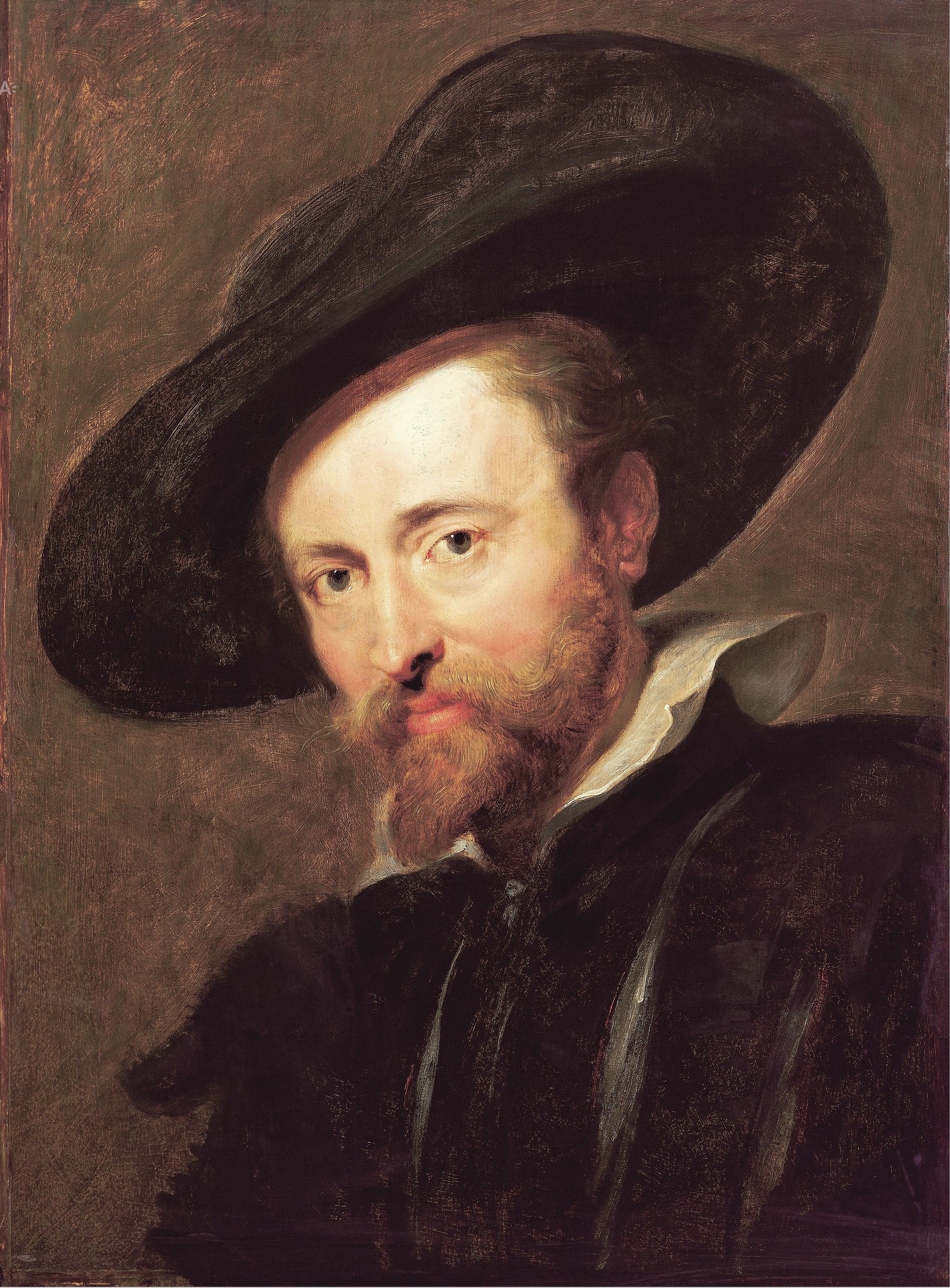Between 1600 and 1608, the great Baroque master Peter Paul Rubens lived and worked in Italy, where he also studied classical sculpture. He was captivated by the idealized beauty of ancient forms and understood their significance as visual sources for depicting Greek and Roman history. During his time in Italy, Rubens produced numerous drawings after antique sculptures—both marble and bronze, in the round and in relief—as well as studies of ancient gems, medallions, and cameos. These works served as reference material and a lifelong source of inspiration for him.
One of the most striking examples of his works in this type is the double-profile portrait of Agrippina (14 BC–AD 33), the granddaughter of Emperor Augustus, and her husband, Germanicus (b. 15 BC), a celebrated military commander in the Roman Empire’s Gallic and Germanic provinces. Painted around 1614, the composition recalls the appearance of an ancient cameo—its subject, format, and elegance—yet, in true Rubens fashion, the figures pulse with vitality. He gently contrasts Agrippina’s luminous, ivory-toned complexion with Germanicus’s more ruddy hue and animates her golden hair with lively, rhythmic strokes of light.
Although the composition draws on the tradition of overlapping profiles found in ancient coins and cameos, Rubens’s double portrait is not based on any specific antique model. In most classical examples, the male figure typically occupies the foreground, but Rubens reverses this convention, giving Agrippina prominence. Technical evidence indicates that he originally planned to depict Agrippina alone, and later extended the panel to include Germanicus. Agrippina had deep ties to Cologne—most notably for her legendary defense of a bridge in AD 14, an act that safeguarded the retreat of Roman troops. The city would later be named Colonia Agrippinensis (Cologne) in honor of her daughter, Agrippina the Younger. It is possible that Rubens created this work to commemorate Agrippina’s heroic legacy—and, as the composition evolved, chose to honor her husband’s achievements as well.
P.S. Rubens is one of the most famous artists in art history. But how much do you actually know about him? Here are 10 things you should know about Peter Paul Rubens! For more, see the articles below.

.jpg)
 Peter Paul Rubens
Peter Paul Rubens